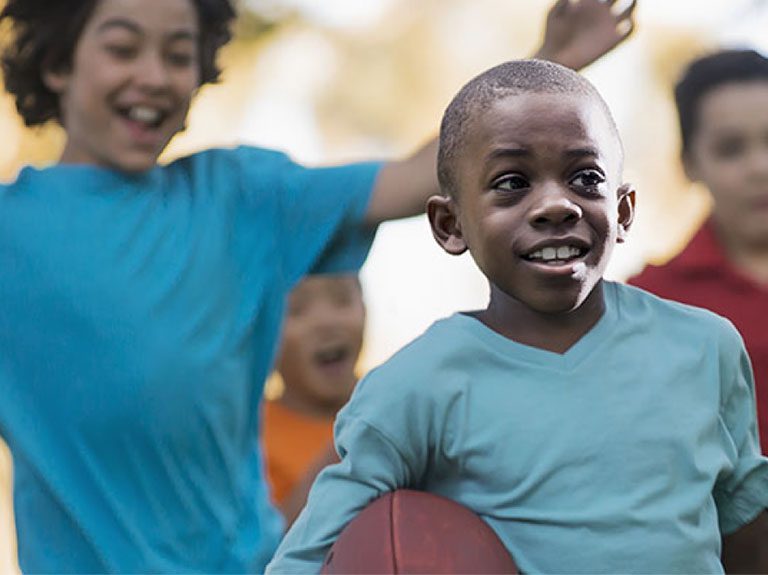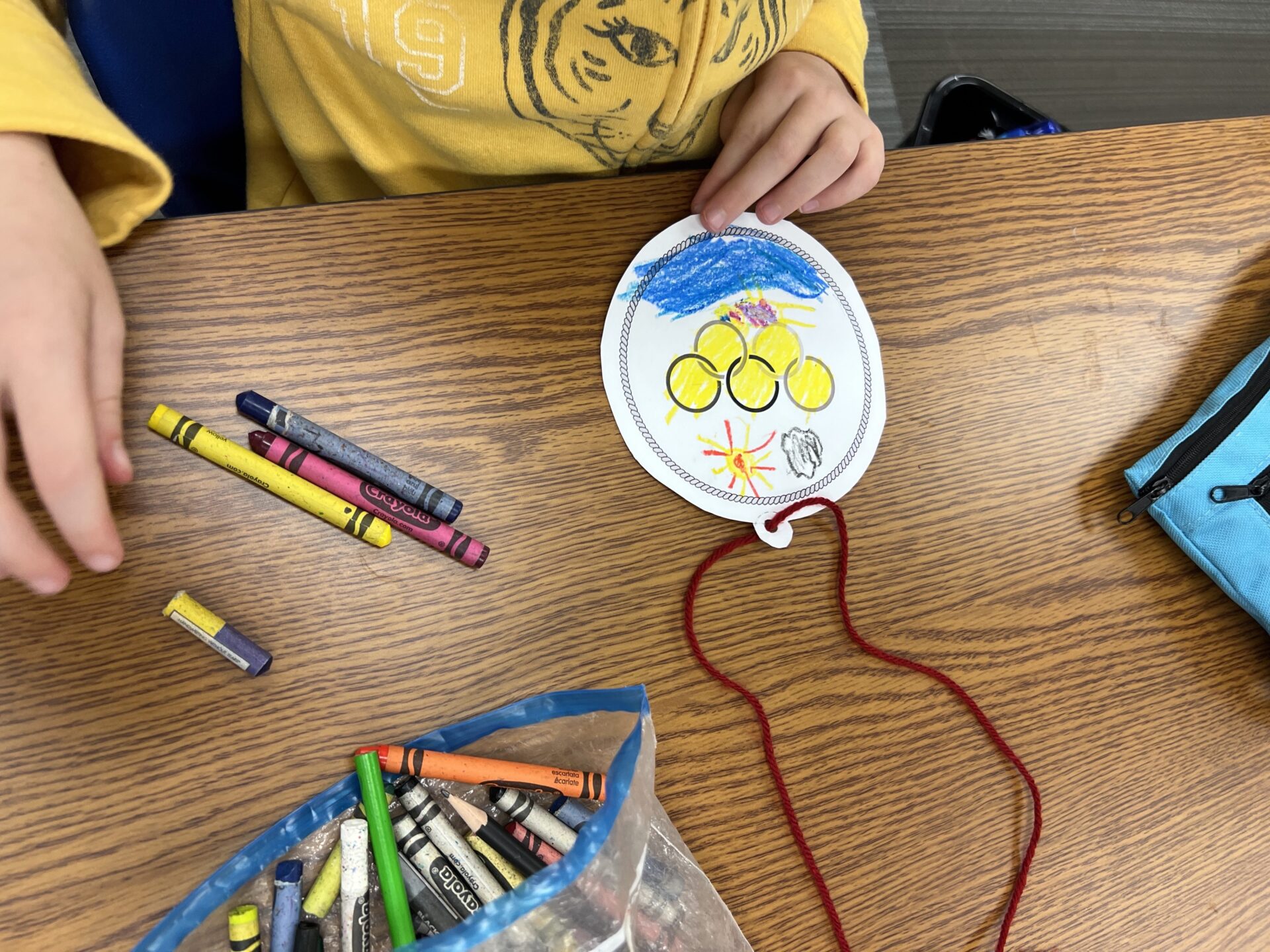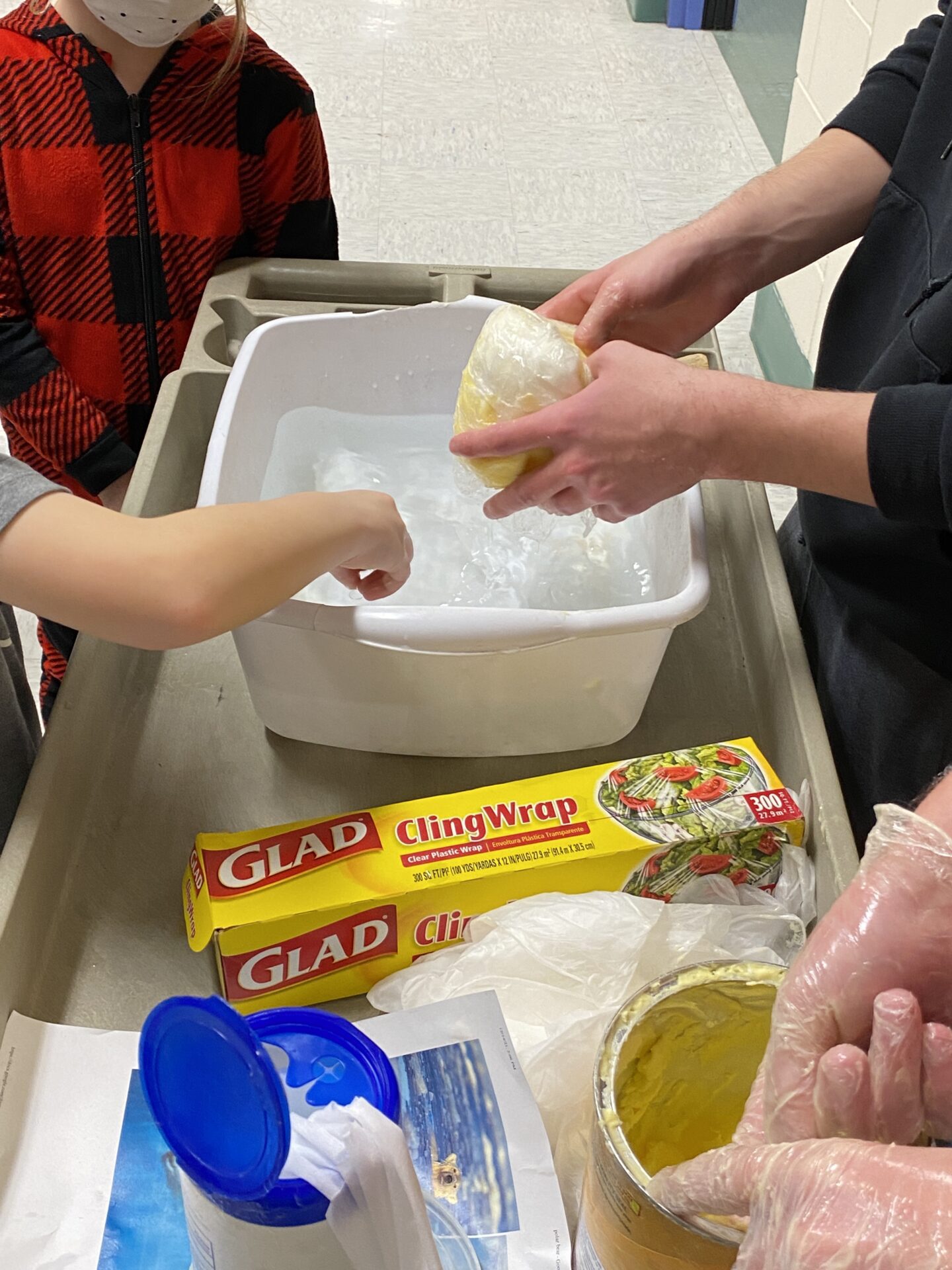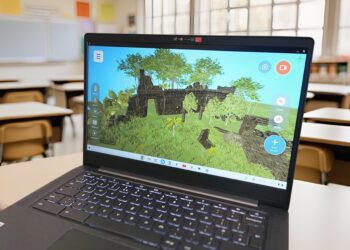In school, students learn academic content, build critical thinking skills, and grow as people! To create learning experiences that accomplish this, two educators in the Verona Area School District decided to join forces. They found an innovative way to bring high school and elementary school students together through Discovery Education’s Virtual Field Trips.
Meet the Team Behind the Magic

Rita Mortenson, Educational Technology Coach
I’ve been teaching for over 30 years and am currently a high school Educational Technology Coach, where I work with about 1,800 students and 200 staff members on a variety of technology topics. I’m an Apple Distinguished Educator, a Google Innovator, am ISTE certified, and love being a DEN STAR!
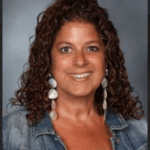
Lisette Venegas, Secondary Multilingual Programs Manager
I have been teaching for over 23 years and have taught Pre-K–4th grade, worked with multilingual and special education students, and been a library media specialist, lead teacher, instructional coach, and curriculum learning specialist. I am currently the Secondary Multilingual Programs Manager for the Verona Area School District. I truly find joy in working with the students, families, and staff on a daily basis, and being a DEN Star is amazing!
Why Virtual Field Trips?
Over the past few years, we have probably done 30 Virtual Field Trips together for a variety of grade levels. It’s really fun for students and teachers!
This started because we saw how great the Virtual Field Trips are and wanted to spread the word to other teachers. These field trips are more than just a video to show your students, and they’re more than just a part of a lesson. Working together to create these events and activities around the VFTs helps us show teachers that yes, this online content is there to engage your students, but you can build out so much more from that. And because the VFTs are embedded in Discovery Education Experience, teachers can share the VFT content with students who may have missed the hands-on experience.
Creating joy for students through these hands-on activities can help them learn new things or show what they have learned throughout a unit. For example, when elementary students completed a unit on weather, we set up an Extreme Weather VFT experience with different stations students visited with high schoolers. This experience helps teachers visualize what they can do with all of the online content they have and how to make it fun and exciting for their students.
Read more about Verona Area School District's partnership with Discovery Education
How to Get Started
To start something like this at your school, find another teacher who is interested in trying something new. When launching new projects, it’s easier to start with a small team. Team up with one other teacher and work together to plan your first event. Interest in the events will grow as other teachers see what your students accomplish!
Our first activity used the NFL Play 60 Virtual Field Trip. Working with separate age groups (high school and elementary school), requires some brainstorming from the teachers to determine ways the content can be engaging for all students. The first year, we brought the football team to the elementary school. Today, we bring in students from different high school athletic programs and academic programs to help facilitate the activities for the younger students.
Our events start with watching the Virtual Field Trip, then rotating through a few relevant activities. To help other teachers plan these events, we created a presentation to share with other DE educators and have updated the planning into a simple process. Planning two or three stations can be a great start, and you have to be ready to brainstorm with other teachers in your school. The planning should take about an hour, but it should be fun. Once we review the content and plan the stations, away we go! At this point, we’ve done planning in as little as 20 minutes.
These events will eventually become popular in your district, so we recommend having a digital sign-up where teachers can share what topics they would like to cover and how they want to pair up the students. For example, a second-grade teacher may look at their curriculum and notice that their weather unit in November could be a great opportunity to pair up with the high school about a similar topic.
Once we identify interested teachers, we determine which school site is better equipped to host the event—the elementary or the high school. For example, the high schools often have science labs stocked with materials if the events are heavy in experiments. It takes about a month to be fully prepared because you’ll have to consider details like transportation, scheduling, and permission slips. Once we have planned the logistics, we hand the activity planning over to the older students!
Planning the Activities
We kick off the activity planning by gathering the high school students and running through a few steps to help guide them.
Explain the topic that will be covered.
Have the students watch the VFT and use the accompanying Studio SlideShow to help chunk out the information and pose questions throughout.
Once they’ve seen the content, we encourage them to consider what types of stations to include in our collaborative event.
Ask the students to design a fun, themed activity around the skills we are planning to showcase, practice, and learn that also relate to the theme of the VFT.
When we did the STEM Forward Virtual Field Trip with Olympian Katie Ledecky, we had the students decorate their own Olympic Medal to get them excited about the content. Then, after watching the Virtual Field Trip, we went into the field house where we held relay races and celebrated with the school mascot. These events include the skills from the VFT but also help build our community!
Before pairing up the right students to work together, consider the content and how different groups of high school students could share what they’re learning with the younger students.
For example, one of our first-grade classes was studying the Arctic and polar bears, so we partnered with Earth Science and Environmental Studies classes at the high school for a VFT event. We watched the Living with Polar Bears Virtual Field Trip, then had different stations set up for the students.At one station, students explored how polar bears stay warm. The students put Crisco on their hand, wrapped it in in plastic wrap, and dunked it into the bucket of ice water to simulate how blubber keeps polar bears warm. The students; eyes just lit up when they realized the ice water wasn’t cold with their layer of “blubber” and it was a great moment for them to truly understand how blubber works for polar bears!
We’re a relatively small district, and these experiences show our younger students that we are all one community, no matter the age! It’s also encouraging to see our high schoolers be leaders to our younger students, and the teachers are often impressed with their leadership skills. Showing older students that they can be leaders and help younger students make learning connections inspires them to consider their own careers as well.
Seeing these students work together so well inspires teachers to consider how they can implement hands-on learning activities along with what they’re already doing with Discovery Education, even without our help! We’ve had teachers say this is the best learning experience for their class throughout the whole year, and it’s been gaining more traction every year. Now when we walk into a school, everyone asks if we’re here for another VFT!
Advice to Other Educators
If you really want these events to take off, plan them one at a time, then share the success with others! You can share highlights from your event on social media or through your district channels to help others learn about what your students are doing. We’ve shared our success with principals, our superintendent, and the district Teaching & Learning team—word really spreads quickly! Here are our other pieces of advice for educators considering planning events like these:
Bring the energy! If you’re not excited about it, they won’t be, so don’t hesitate to be silly. This could end up being the event of the year for your students!
Don’t be afraid to think outside of the box. There are so many resources available, and you can build from there!
Virtual Field Trips bring excitement from around the world right into your classroom, but as Rita and Lisette have shown, they can also bring students together! To help your students engage with exciting content, practice academic skills, and blossom as leaders, consider planning a collaborative Virtual Field Trip event.


